The aim of this project is to build a 4 channels relay board, driven by rest API. I will use it as an alternative to my second dead son off 4ch pro R3.
Parts needed :
1 220V / 3.3V dc converter
1 ESP32-S2-Mini
1 relay board
Some dupont wires
the old sonoff relay board enclosure
Here is the electronic sketch :
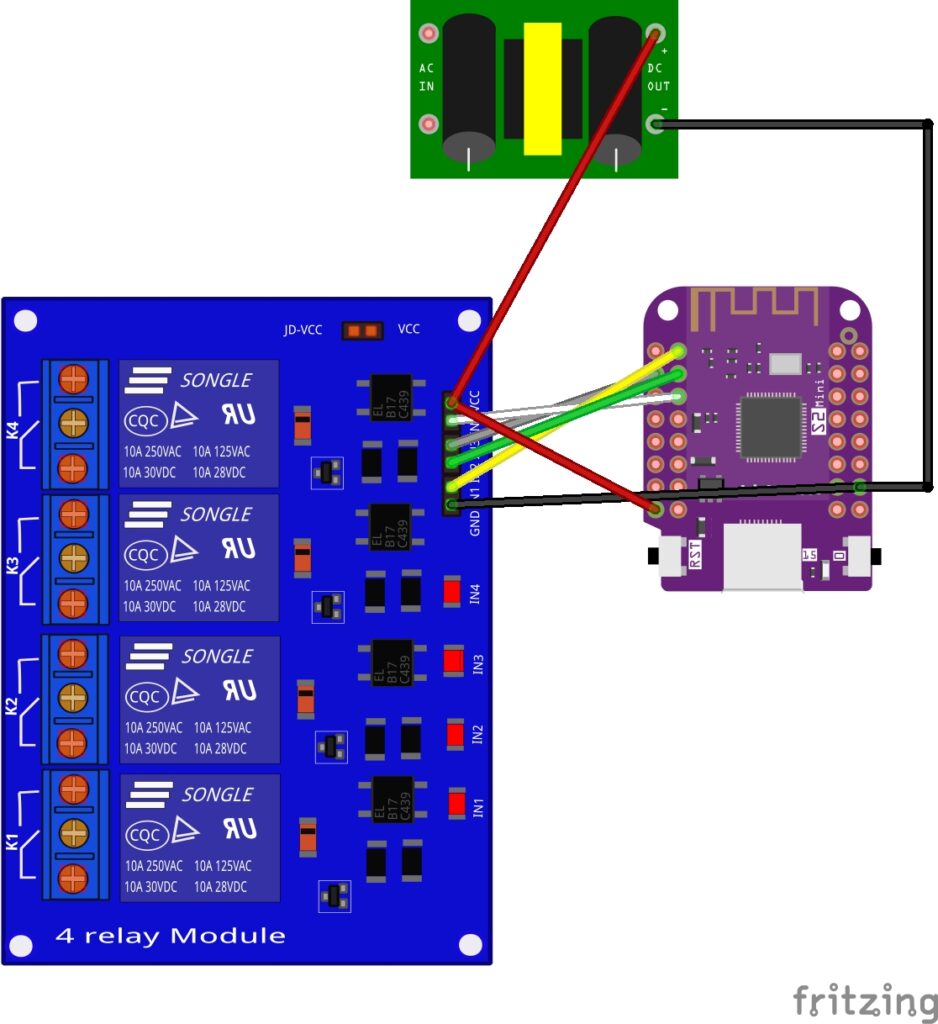
Here is the program done arduino IDE :
#include <Arduino.h>
#include <WebServer.h>
#include <ArduinoJson.h>
#include <WiFiManager.h>
#include <ArduinoOTA.h>
// Serveur Web sur le port 80
WebServer server(80);
StaticJsonDocument<1024> jsonDocument;
char buffer[1024];
//Relais sur 1 / 2 / 3 / 4
const int Relay1_Pin = 1;
const int Relay2_Pin = 2;
const int Relay3_Pin = 3;
const int Relay4_Pin = 4;
//Etat relais
int Relay1_Status = 0;
int Relay2_Status = 0;
int Relay3_Status = 0;
int Relay4_Status = 0;
void handlePost() {
Serial.println("setValues - Change le statut des relais");
if (server.hasArg("plain") == false) {
//handle error here
}
String body = server.arg("plain");
deserializeJson(jsonDocument, body);
// Get status
Relay1_Status = jsonDocument["Relay1_Status"];
Relay2_Status = jsonDocument["Relay2_Status"];
Relay3_Status = jsonDocument["Relay3_Status"];
Relay4_Status = jsonDocument["Relay4_Status"];
// Respond to the client
server.send(200, "application/json", "{}");
}
void createJson(char *name, float value) {
jsonDocument.clear();
jsonDocument[name] = value;
serializeJson(jsonDocument, buffer);
}
//Convert to boolean state
bool boolStatus(int Relay_Pin){
if (digitalRead(Relay_Pin)==1) {
return (true);
} else {
return (false);
}
}
void getStatus() {
Serial.println("getValues - Recupère le statut des relais");
jsonDocument.clear(); // Clear json buffer
jsonDocument["Relay1_Status"] = boolStatus(Relay1_Pin);
jsonDocument["Relay2_Status"] = boolStatus(Relay2_Pin);
jsonDocument["Relay3_Status"] = boolStatus(Relay3_Pin);
jsonDocument["Relay4_Status"] = boolStatus(Relay4_Pin);
serializeJson(jsonDocument, buffer);
server.send(200, "application/json", buffer);
}
void setupApi() {
server.on("/getStatus", getStatus);
server.on("/setStatus", HTTP_POST, handlePost);
// start server
server.begin();
}
void setup() {
//Initialisation communication port serie
Serial.begin(115200);
delay(1500);
//Mode wifi station
WiFi.mode(WIFI_STA);
//Gestionnaire de la connexion Wifi
WiFiManager wm;
// reset settings - wipe stored credentials for testing
// these are stored by the esp library
// wm.resetSettings();
// Se connecte automatiquement avec les paramètres enregistrés
// Si échoue crée un point d'accès avec SSID ( "AutoConnectAP"),
// Si vide va autogénérer le SSID, si le mot de passe enregistré est vide le point d'accès est sans mot de passe (wm.autoConnect())
// Et tourne en attendant la configuration jusqu'à la sauvegarde de celle-ci
bool res;
// res = wm.autoConnect(); // auto generated AP name from chipid
// res = wm.autoConnect("AutoConnectAP"); // anonymous ap
res = wm.autoConnect("Relay_Board_AP","password"); // password protected ap
if(!res) {
Serial.println("WifiManager - Connexion echouee");
ESP.restart();
}
else {
//if you get here you have connected to the WiFi
Serial.println("WifiManager - Connexion etablie");
}
setupApi();
//Initialisation des sorties de l'ESP
pinMode(Relay1_Pin, OUTPUT);
pinMode(Relay2_Pin, OUTPUT);
pinMode(Relay3_Pin, OUTPUT);
pinMode(Relay4_Pin, OUTPUT);
//Initialisation MAJ Arduino via OTA
Serial.println("OTA - Initialisation OTA");
ArduinoOTA.setHostname("RELAY_BOARD");
ArduinoOTA.setPassword("AChoosenPassword");
ArduinoOTA.begin(); //Mandatory
ArduinoOTA.onStart([]() {
Serial.println("OTA - Démarrage");
});
ArduinoOTA.onEnd([]() {
Serial.println("\nEnd");
});
ArduinoOTA.onProgress([](unsigned int progress, unsigned int total) {
Serial.printf("OTA - Progression: %u%%\r", (progress / (total / 100)));
});
ArduinoOTA.onError([](ota_error_t error) {
Serial.printf("Error[%u]: ", error);
if (error == OTA_AUTH_ERROR) Serial.println("OTA - Authentification échouée");
else if (error == OTA_BEGIN_ERROR) Serial.println("OTA - Demarrage échoué");
else if (error == OTA_CONNECT_ERROR) Serial.println("OTA - Connection échouée");
else if (error == OTA_RECEIVE_ERROR) Serial.println("OTA - Réception échouée");
else if (error == OTA_END_ERROR) Serial.println("OTA - Finalisation échouée");
});
ArduinoOTA.begin();
Serial.println("OTA - Prêt");
Serial.print("OTA - Adresse IP : ");
Serial.println(WiFi.localIP());
}
void loop() {
// put your main code here, to run repeatedly:
server.handleClient();
//Active les relais en fonction de la demande
if(Relay1_Status==1) {
digitalWrite(Relay1_Pin, HIGH);
} else if(Relay1_Status==2) {
digitalWrite(Relay1_Pin, LOW);
}
if(Relay2_Status==1) {
digitalWrite(Relay2_Pin, HIGH);
} else if(Relay2_Status==2) {
digitalWrite(Relay2_Pin, LOW);
}
if(Relay3_Status==1) {
digitalWrite(Relay3_Pin, HIGH);
} else if(Relay3_Status==2) {
digitalWrite(Relay3_Pin, LOW);
}
if(Relay4_Status==1) {
digitalWrite(Relay4_Pin, HIGH);
} else if(Relay4_Status==2) {
digitalWrite(Relay4_Pin, LOW);
}
}
Be aware that for compilation you will need to change one setting to allow serial debug :
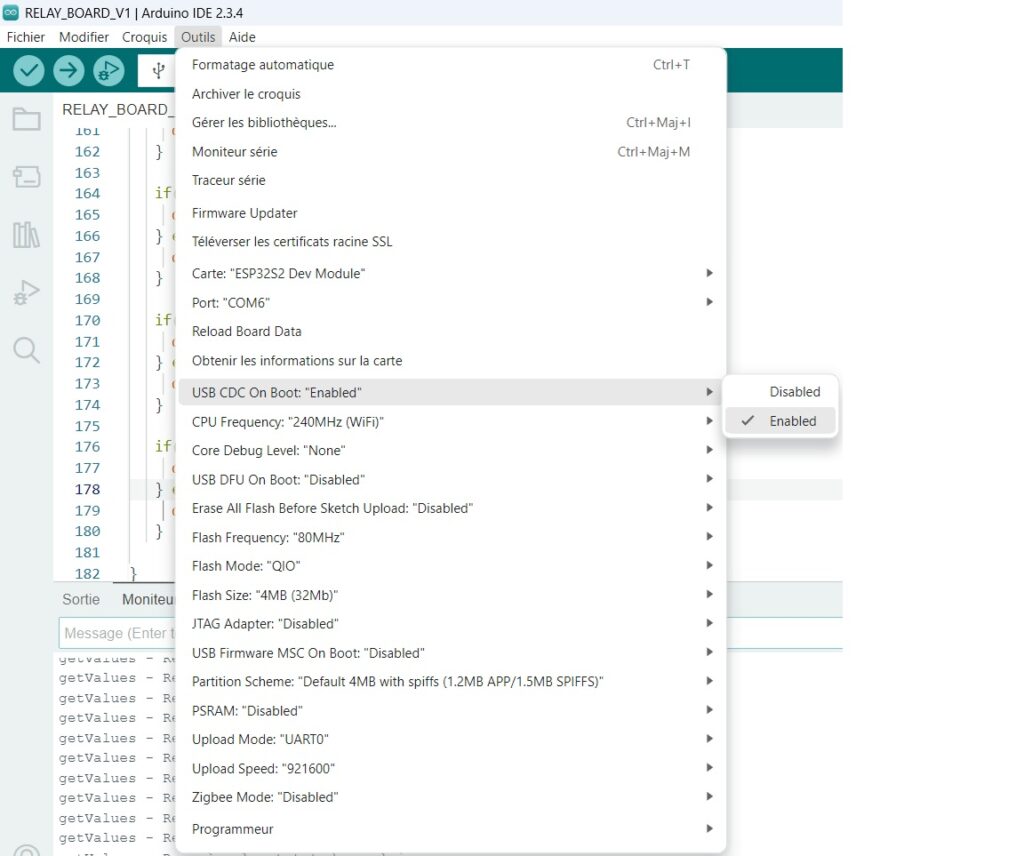
Here is the yaml part for button needed for home assistant (You will have to set an ip address reservation for your relay board, here 192.168.2.225 in the code) :
show_name: true
show_icon: true
type: button
tap_action:
action: toggle
entity: switch.rb01_relay2
show_state: trueHere is the main config part for home assistant :
switch
- platform: rest
resource: "http://192.168.2.225/setStatus"
name: "RB01_Relay1"
unique_id: "switch.rb01_relay1"
method: post
body_on: '{"Relay1_Status": "1"}'
body_off: '{"Relay1_Status": "2"}'
state_resource: "http://192.168.2.225/getStatus"
is_on_template: "{{ value_json['Relay1_Status'] }}"
headers:
content_type: "application/json; charset=utf-8"
- platform: rest
resource: "http://192.168.2.225/setStatus"
name: "RB01_Relay2"
unique_id: "switch.rb01_relay2"
method: post
body_on: '{"Relay2_Status": "1"}'
body_off: '{"Relay2_Status": "2"}'
state_resource: "http://192.168.2.225/getStatus"
is_on_template: "{{ value_json['Relay2_Status'] }}"
headers:
content_type: "application/json; charset=utf-8"
- platform: rest
resource: "http://192.168.2.225/setStatus"
name: "RB01_Relay3"
unique_id: "switch.rb01_relay3"
method: post
body_on: '{"Relay3_Status": "1"}'
body_off: '{"Relay3_Status": "2"}'
state_resource: "http://192.168.2.225/getStatus"
is_on_template: "{{ value_json['Relay3_Status'] }}"
headers:
content_type: "application/json; charset=utf-8"
- platform: rest
resource: "http://192.168.2.225/setStatus"
name: "RB01_Relay4"
unique_id: "switch.rb01_relay4"
method: post
body_on: '{"Relay4_Status": "1"}'
body_off: '{"Relay4_Status": "2"}'
state_resource: "http://192.168.2.225/getStatus"
is_on_template: "{{ value_json['Relay4_Status'] }}"
headers:
content_type: "application/json; charset=utf-8"The result :
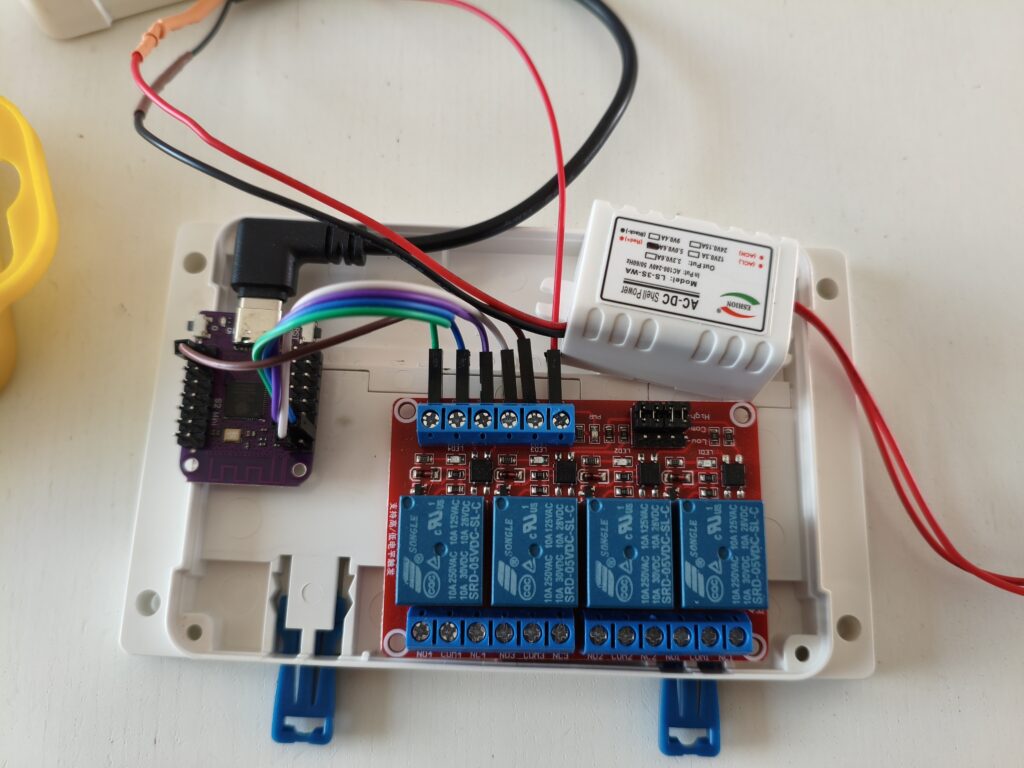
You can test the Rest API commands using Postman :
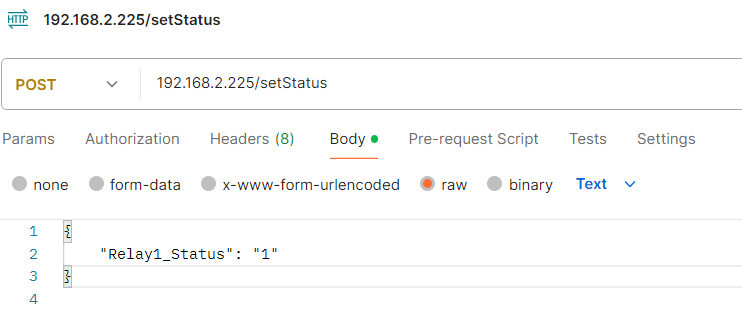
Ou :
192.168.2.225/getStatus
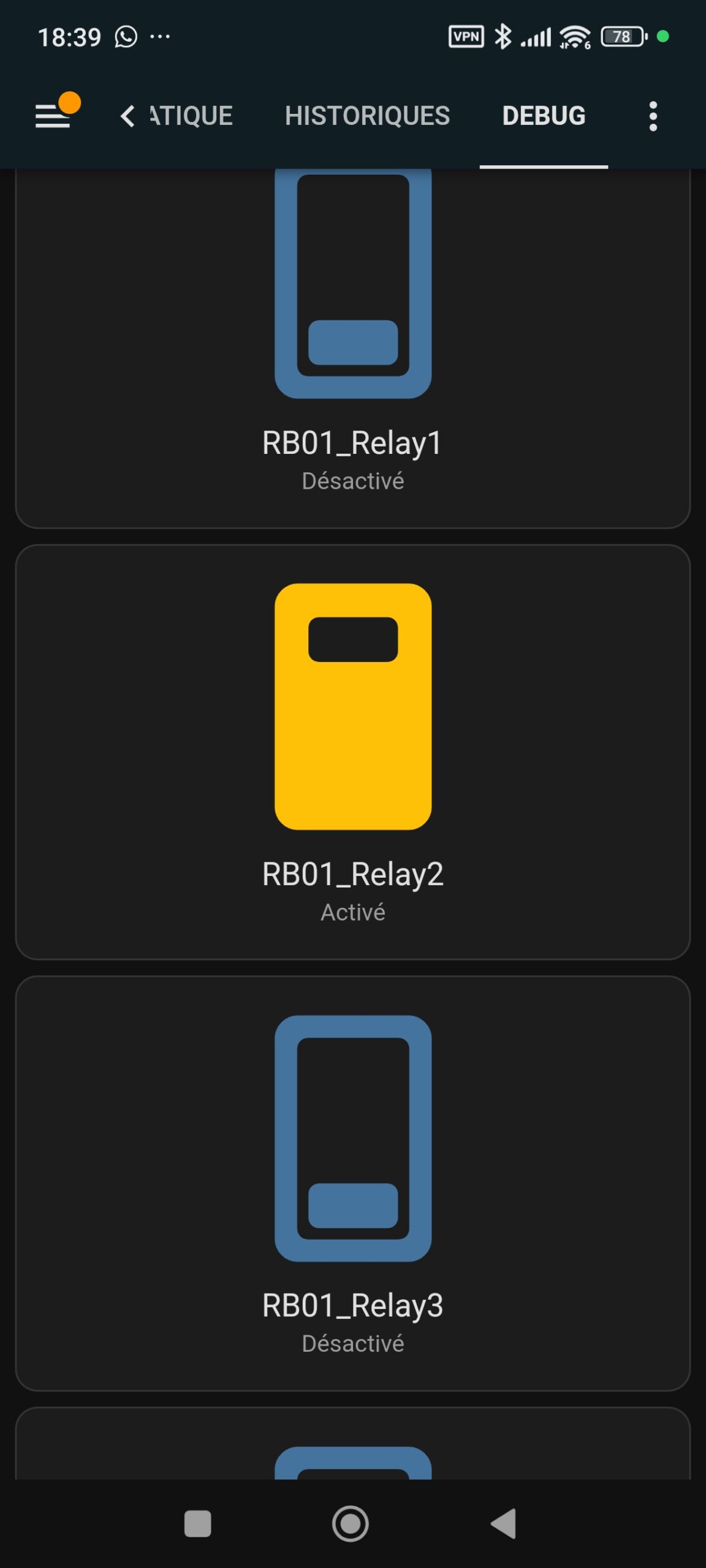


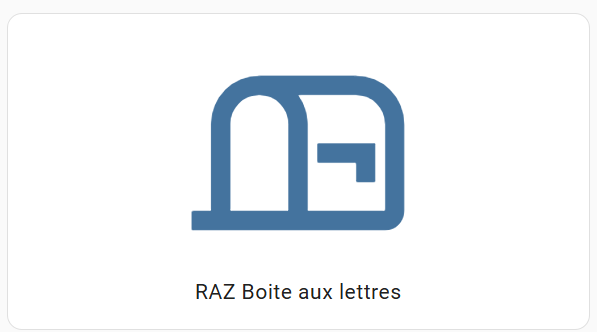
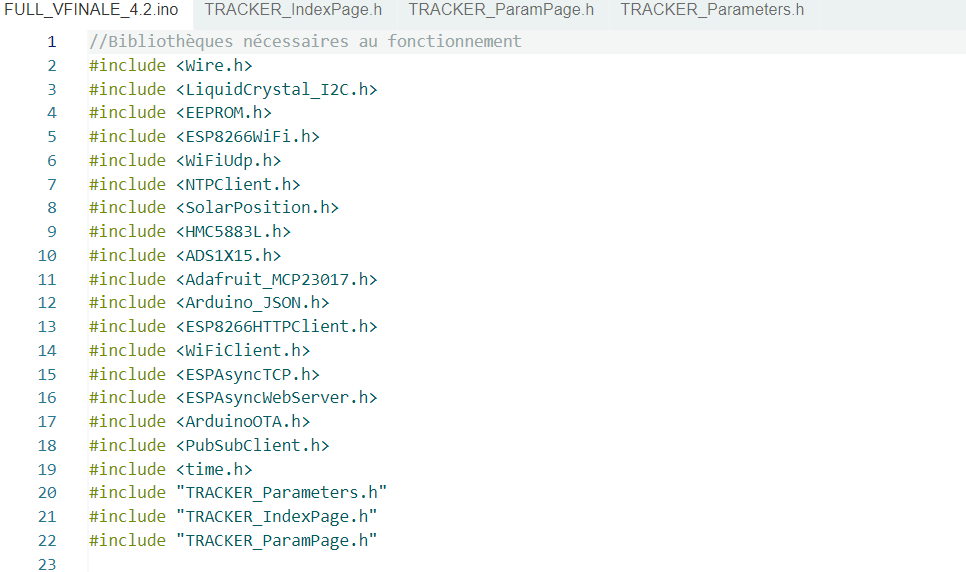
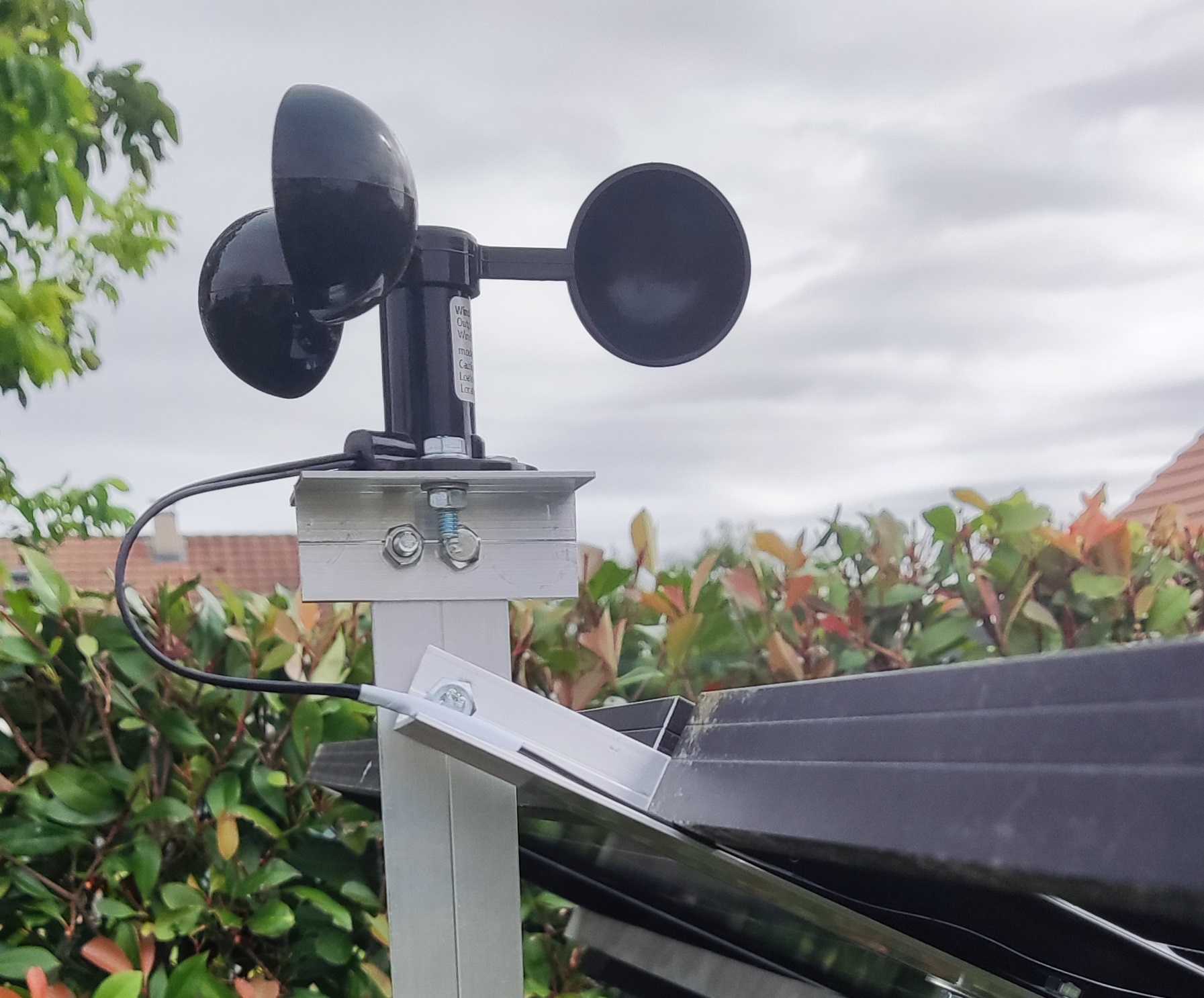

Leave a Reply
You must be logged in to post a comment.